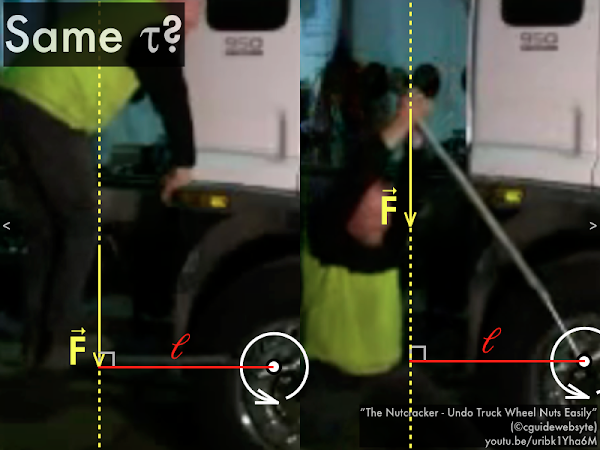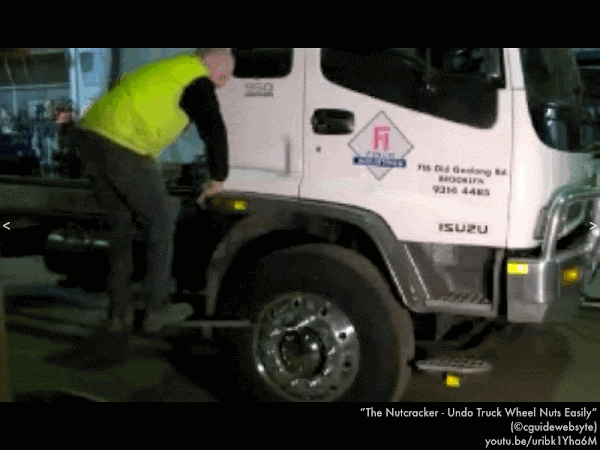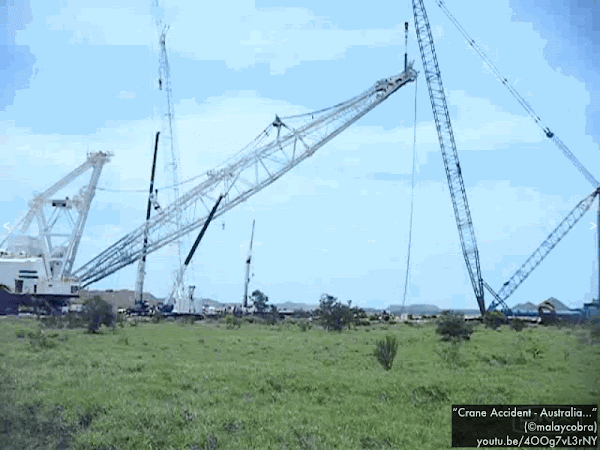Cuesta College, San Luis Obispo, CA
Students have a bi-weekly online reading assignment (hosted by SurveyMonkey.com), where they answer questions based on reading their textbook, material covered in previous lectures, opinion questions, and/or asking (anonymous) questions or making (anonymous) comments. Full credit is given for completing the online reading assignment before next week's lecture, regardless if whether their answers are correct/incorrect. Selected results/questions/comments are addressed by the instructor at the start of the following lecture.
The following questions were asked on reading textbook chapters and previewing a presentation on torque and rotations.

Selected/edited responses are given below.
Describe what you understand from the assigned textbook reading or presentation preview. Your description (2-3 sentences) should specifically demonstrate your level of understanding.
"I seem to have a pretty good understanding of the new formulas for torque, as well I seem to understand how to apply them."
"That torque can be counterclockwise or clockwise. Also that when net torque is not zero then an object will rotate but when it is zero then the object's rotational motion will not change."
"For Newton's first law for rotation forces means the torques add up to zero, such that its rotational motion is constant. Newton's second law for rotation forces means the net torque is non-zero, and the rotational motion is not constant."
"How Newton's first and second laws apply to torque and rotation. Newton's first law says that when the counterclockwise torques are balanced by clockwise torques on that same object the object is either stationary or in constant rotational motion. Newton's second law says if the counterclockwise and clockwise torques on an object don't balance, then the net torque can be found by summing the counterclockwise (positive) torques and clockwise (negative) torques, and the object's rotational motion will be changing."
"A lever arm is perpendicular distance from the axis of rotation to the line of action along which the force acts. Also torque is the product of force and lever arm."
"The explanation of torque with regards to opening a door. What I got from the example was that torque depends on the magnitude of the force and on the distance from the point where the force is applied relative to to the axis of rotation. In this example of the door, the hinge is the axis of rotation. The closer your force applied is to the hinge, the harder it is to open the door. But the further away you are, for example the door knob, the easier it will be to open the door."
"Torque is the the twisting force causing rotation. Torque is the product of force and the perpendicular lever arm. The force vector line of action is perpendicular to the lever arm."
"Torque is to twist and to calculate it you need to multiply force times the perpendicular lever arm."
"The presentation was very straightforward."
Describe what you found confusing from the assigned textbook reading or presentation preview. Your description (2-3 sentences) should specifically identify the concept(s) that you do not understand.
"Exactly how the torque is measured/calculated is not totally intuitive to me. If I were to work through more examples, I think I could get a concrete understanding of how this force is calculated and applied."
"I don't understand rotational equilibrium."
"I'm not sure how to set up the torque diagrams."
"How a perpendicular lever arm plays a role. I understand that it is multiplied by the force to find torque, but what exactly is it?"
"I was a little confused about how we determine the line of action from just looking at a model or picture of a scenario."
"Torque = twisting force?"
"I'm still confused on what exactly torque is. I read through the presentation twice and discussed with other friends what I thought it may be. It's just a 'twisting' force from what I'm gathering. I'll have to spend more time digging into it."
"I don't understand the concept torque overall :("
"I'm not quite sure how to identify whether/how the net torque on an object should add up to zero."
"I didn't really feel confident in this reading and I found most of the material confusing."
"I did not get to this yet."
What is the SI (Système International) unit for torque?
"Torque is measured in newton meters."
"N·m (BUT NOT THE SAME AS JOULES)."
Briefly describe how the line of action should be drawn for a given force.
"The line of action should extend along the force vector."
"It is the line through the point at which the force is applied in the same direction as the force vector."
"I will get back to you on this."
"I did not get to this yet."
When a lever arm (or moment arm) is drawn, briefly explain where it starts, and how it should intersect the line of action for a force.
"It starts at the pivot point and must intersect perpendicularly with the line of action."
"The line that creates a 90° angle between the axis of rotation and the line of action."
"The lever arm is drawn perpendicular to the line of action and connects to the pivot point on the object."
"Not too sure."

first; balanced. ************************************** [38] second; unbalanced. ** [2] (Unsure/lost/guessing/help!) *** [3]

first; balanced. ** [2] second; unbalanced. ************************************** [38] (Unsure/lost/guessing/help!) *** [3]
Ask the instructor an anonymous question, or make a comment. Selected questions/comments may be discussed in class.
"I don't understand these examples."
Can you do more questions in class?"
"I would like to go over lines of action and lever arms."
"If the mechanic had a longer wrench would it make it easier to rotate the nut?" (Yes, provided that he also exerted a force perpendicular to that longer wrench.)
"Will the line of action and perpendicular lever arm always form what appears to be a right triangle with the force?" (No--while the lever arm will always intersect the line of action at right angles, they may not necessarily have the force as a "hypotenuse." We'll go over some examples of this in class.)
"Torque is positive when the force produces a counterclockwise rotation around an axis, and torque is negative when the force produces a clockwise rotation. How is this determined and why?" (This rotational direction is the same as for angles measured around the unit circle: going counterclockwise from the +x axis is a positive angle, and going clockwise from the +x axis is a negative angle.)
"It not as easy as balanced and not balanced for torques, is it?" (That's essentially the difference between Newton's first law for rotations (ccw torques and cw torques cancel out) and Newton's second law for rotations (ccw torques do not cancel cw torques).)
"For the problems where object 1 collides into a stationary object 2 such that they stick together afterwards (completely inelastic collision), this equation seems after to solve since we can instead plug in the known numbers right away:(m1 + m2)·vf = m1·v01 + 0.For momentum conservation, can we use this equation every time instead of always starting from ΣF·∆t = ∆p1 + ∆p2?"
(That would be okay, if the only type of collisions you ever use that equation for are always (1) completely inelastic (sticking together afterwards, such that vf1 = vf2 = vf); and (2) have a stationary object 2 (such that v02 = 0). However, (1) not every collision you will need to solve will be completely inelastic (although so far that's been the case); and (2) not every collision you will ned to solve will have a stationary object 2 (such as the Mission: Impossible 2 stuntmen, and the airliner colliding with the turkey buzzard). So in order to handle any type of collision with any given initial object velocity, I think you should go with the basic ΣF·∆t = ∆p1 + ∆p2 equation that will be given on the quiz and the midterm equation sections.)
"We should start Midterm 2 preparation two weeks before the actual midterm date. Or a week-and-a-half before? Or at least one week before? There's got to be some way you can alter the calendar to fit in earlier preparation time." (Well, like the first midterm, you'll be given a study guide and a list of sample midterm questions a week before. At this point the best ways you can start studying for the midterm now is to (1) study for each quiz as it comes; and (2) carefully go over each of the example midterm problems that are periodically shown in class or assigned for homework. Other than that, that midterm hasn't even been written yet, so I feel that keeping up with the current material right now is the best way to build a basic preparatory knowledge of what will eventually show up on Midterm 2.)
No comments:
Post a Comment